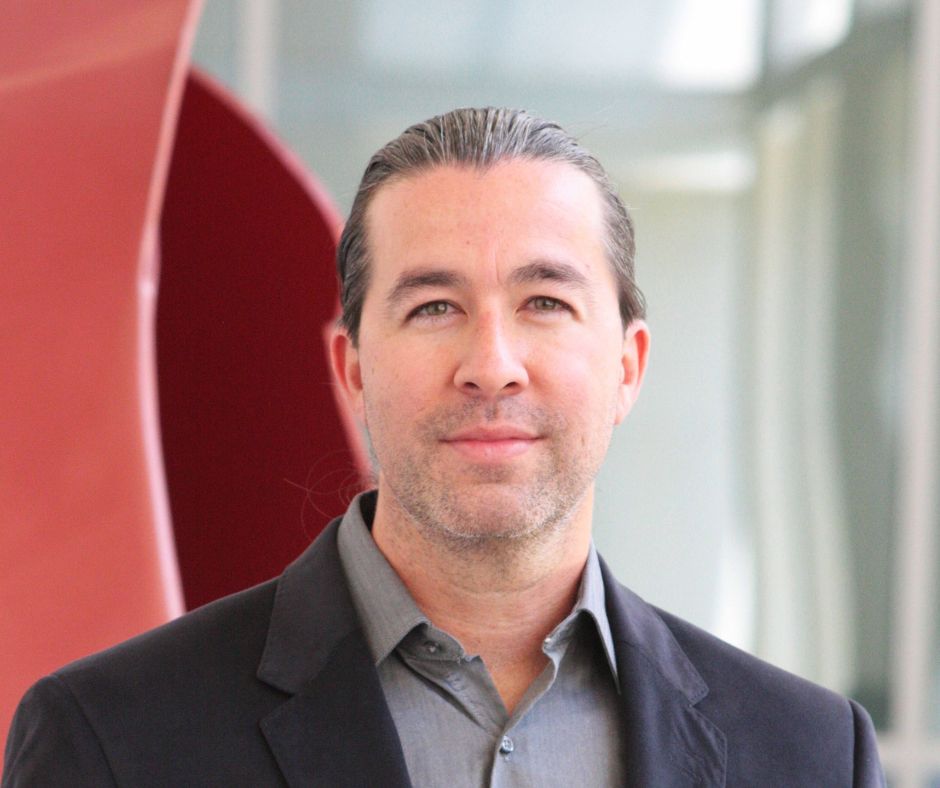The University’s Board of Trustees approved campus renovations and repairs totaling more than $15 million at its Friday meeting.
These updates would affect the Ice Arena, the Moore Musical Arts Center and electricity for many buildings on campus.
The board approved the replacement of the concrete floor and piping systems in the Main Arena and multi-purpose ice arena in the Ice Arena, which are still original from its 1967 construction. According to information provided to the board, a possible coolant leak in the piping system beneath the floor was discovered during the spring.
The coolant system would likely need to be replaced in the next three years regardless, Chief Financial Officer Sheri Stoll reported, because the current R22/glycol coolant used is being phased out of production due to environmental concerns.
The total estimated cost is $2,712,568. If the system is not replaced, the operating costs for the R22 would increase significantly, Stoll said.
The renovations will not disrupt the hockey season and would be coordinated with a second round of major repairs in the form of replacing the current electrical load system for east campus and the Centrex building.
The load centers that deliver electricity to buildings on campus are approximately 60 years old, Stoll said, and replacement parts are no longer manufactured. Both systems are near failure, which Stoll said is “extremely not good at all.”
“There are very few projects more mission critical than this particular project before you today,” Stoll told the board.
The updated system would also give the University the ability to limit the spread of an electrical outage. The total cost would be $9,424,200.
The replacement would be required before the Harshman residence hall could be demolished in the future, as the east campus load center sits under the hall.
Buildings affected would be the Fine Arts Building, Mileti Alumni Center, Conklin Hall, Harshman and Kreischer Quadrangles, the Ice Arena and the Doyt Perry Stadium. The Centrex system serves the Business Administration Building, Olscamp Hall, the Education Building, Memorial Hall and East Hall.
Buildings will have to be taken offline during the repairs, Stoll said.
A third major project approved is the replacement of the ductwork in the Moore Musical Arts Center.
Stoll said the building must be able to maintain temperature and humidity because of the effect it could have on sensitive instruments.
Because the system will be shut down during the renovation, no one would be able to be in the building during the renovations. Materials given to the board pinpoint the work to be completed from early May to the end of July in the summer of 2017. The total cost would be $3,051,000.
The board also approved the sale of a 2,840 square foot former Delta Sigma Theta sorority house located at 129 S. Prospect St. The house is no longer in use due to the new Greek Village.
The board materials state “the house is not desirable to retain and utilize for transitional rental housing purposes as it would require extensive and costly upgrades.”
The house will be sold to an already-selected buyer for $180,000, the value determined by appraisals of the house.
Board Chair David J. Levey commented that houses are usually sold at market value, not appraisal value.
“Have we gone to the market with this?” he asked. “Is the market willing to pay more?”
Stoll said, “We believe this is a very fair value. The house itself has very limited value.” She added that they buyer made the offer because of the house’s proximity to another property.
The buyer will not be named until the sale becomes final, most likely near the end of October, Stoll said.
Separately, the Dallas-Hamilton Center for Entrepreneurial Leadership was approved to be renamed the Scott and Tracie Hamilton Center for Entrepreneurial Leadership.
Shea McGrew, vice president of University Advancement, stated that William Dallas requested to no longer have an association with the University.
“It’s really at his request,” McGrew said. “There’s a different focus in his life at this point; he’s not really involved here.”
Dallas had partially fulfilled the monetary pledge that attached his name to the center, McGrew said, but this opens up the opportunity for a new donor to add their name to the center.
During a presentation on academic and student affairs, Provost Rodney Rogers noted the drop in the first-year student retention rate in 2015 to 75.9 percent from 77.5 percent in 2014.
“Everyone is focused on retention, and our numbers are slipping,” Levey said. “What are we going to do differently this year?”
“Obviously we’re not satisfied,” Rogers said. “The goal is 80 percent and we’re going to continue to work on that.”
Rogers listed more intentional outreach to commuter students, first-generation students, and Pell Grant-eligible students among the solutions. Increased scholarship grants and new advising tactics were also cited.
The University still has a bigger population of students because of higher enrollment, Rogers noted.






















